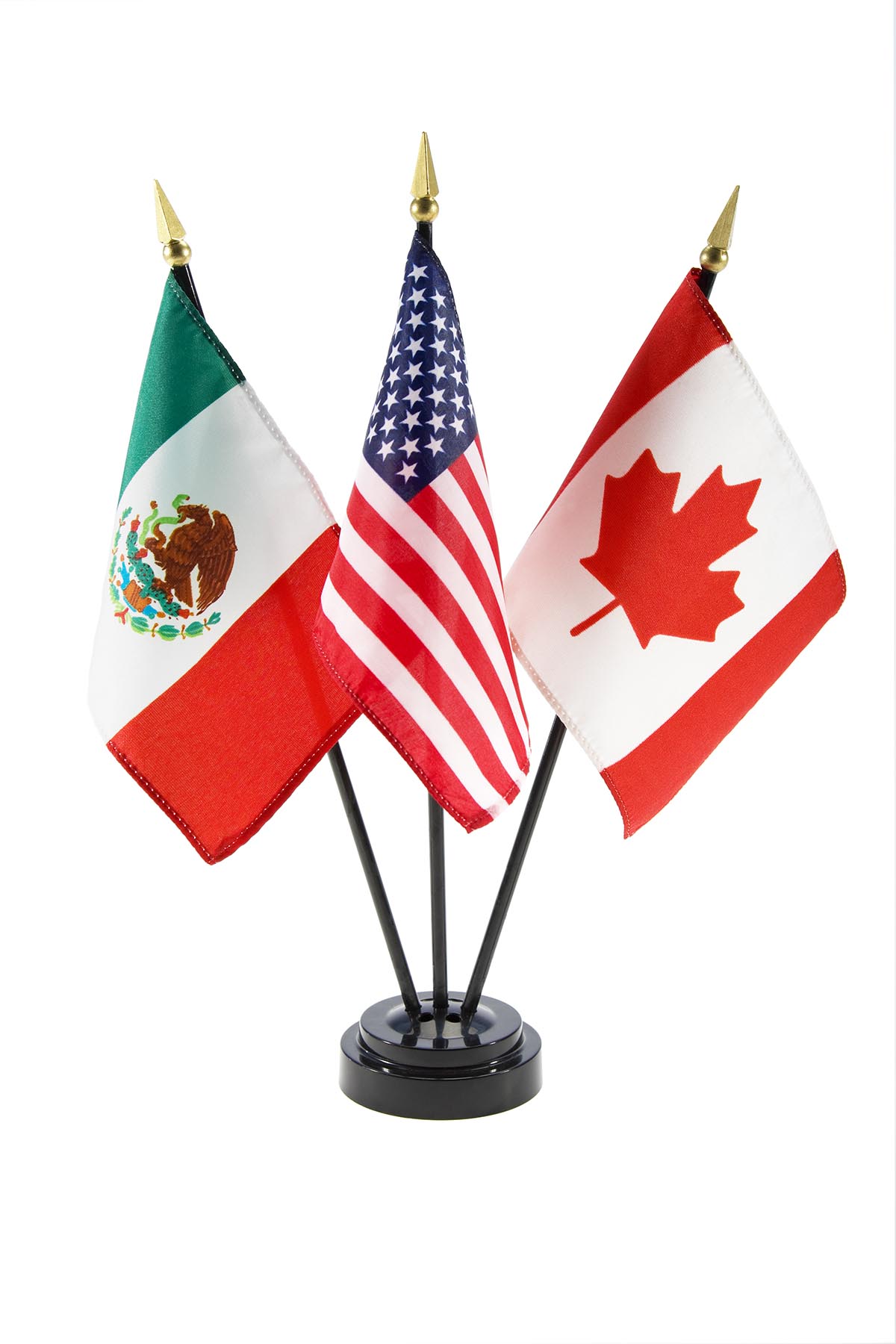NAFTA working well for the electricity sector
The ongoing renegotiation of the North American Free Trade Agreement (NAFTA) is focusing attention on a great many facets of cross-border trade between the United States and Canada. So, where does electricity fit in?
Free-trade benefits electricity consumers
Electricity is a NAFTA success story illustrating the value of tariff and duty-free trade for consumers. Some 30 states engage in electricity trade with Canada and almost every Canadian province participates in a wholesale electricity market regulated by the U.S. Federal Energy Regulatory Commission. There are over 35 cross-border transmission lines with seven more under development.
This increasing integration of the electricity grid and the corresponding growth in trade and cooperation has helped to ensure better electricity reliability, affordability and resilience on both sides of the border.
While electricity exports from Canada represent less than 2% of annual U.S. demand, they provide significant value for U.S. customers. Reliable Canadian electricity, particularly hydropower, can support the development of more intermittent resources, such as wind or solar, and help states achieve renewable energy goals in a reliable and cost-effective way.
Exchanges of electricity can also make use of seasonal diversity - often, demand is highest north of the border during heating season and in the south during cooling season - allowing utilities to enhance the efficiency of their regional generation supplies.
The cross-border relationship has led to the development of effective institutions supporting a secure and strong electricity system, including the North American Electric Reliability Corporation and the Electricity Subsector Coordinating Council, which is a forum for U.S.-Canada security cooperation. Canadian utilities also have mutual aid agreements with their U.S. counterparts that see workers sent to assist with power restoration efforts after damaging storms.
Opportunity to modernize agreement
Overall, there is a general consensus in the electric utility industry that the current NAFTA agreement is working in our sector. The Canadian Electricity Association (CEA), representing the electric utility industry in Canada, and their American counterpart, the Edison Electric Institute, sent a joint letter calling on NAFTA negotiators to keep the agreement in place and protect tariff and duty-free cross-border electricity trade.
Both organizations also agree the renegotiation of NAFTA creates an opportunity to modernize the agreement and have set out the following priorities for the electricity sector:
- Having Mexico sign as a full party to Chapter 6 of the agreement - Energy and Basic Petrochemicals;
- Improving labour mobility for skilled trades;
- Strengthening investor protections;
- Enhancing regulatory coherence, especially as it pertains to permitting of cross-border energy infrastructure.
For more on NAFTA and Canada’s energy relationship with the United States, read the remarks made by CEA President and CEO Sergio Marchi, at the annual Washington Board Policy Forum on April 12, 2018.

